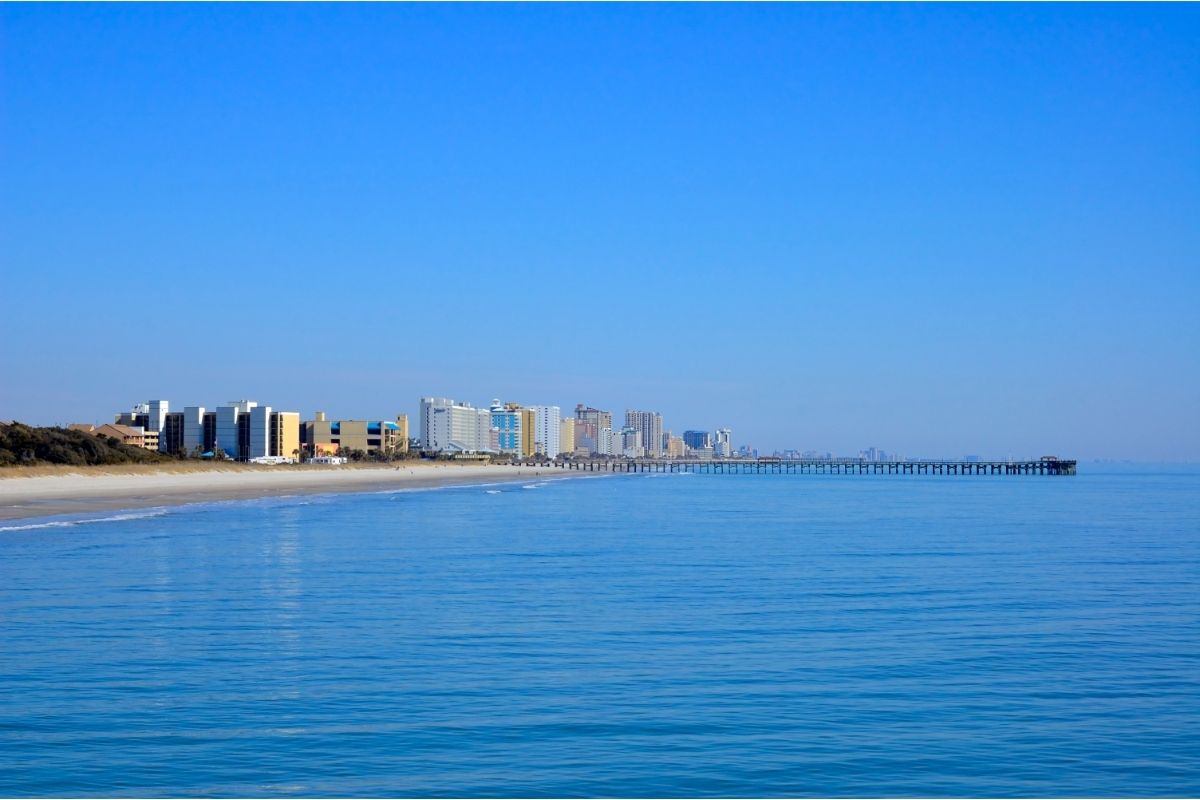If you’re interested in sea creatures, then you might often wonder how they breathe underwater.

After all, humans are only able to do so for so long. So what adaptations and evolutions have allowed sea creatures to be able to breathe under the depths?
It’s always an interesting topic, and a fascinating insight into science, varying with many different sea species.
Sharks are another interesting case, with over 500 different species of them in existence. But how do sharks breathe?
Well, we’ve got the answers for you. In our informative guide below, you’ll find out all about how different sharks manage to breathe underwater.
On top of that, you’ll find out about the problems that they can face, and are rapidly having to come to terms with. Read on!
How Do Sharks Breathe?
To begin with, let’s have a look at answering the main question.
You may be surprised to learn that sharks actually need oxygen to keep alive, just as we humans do.
However, this doesn’t mean that they have lungs like us, because they don’t.
Sharks get the oxygen that they need from all the water that they swim in.
In fact, scientists have actually suggested that between 50% and 80% of the oxygen produced on our planet comes from the ocean, so there is at least plenty of it.
However, we traditionally like to get our oxygen from the air.
For sharks, though, water has a lower concentration of oxygen than air does, and so sharks need to do more to get the most out of what they have.
To do this, sharks have developed ways to get as much oxygen as they can from water, and this is all done through the gills of the shark.
A shark’s gills are used not only to extract the oxygen from the water, but to also then get the carbon dioxide out of their bodies too – just like humans do.
To go into more detail, the shark breathing process goes like this:
- Water gives over the shark gills.
- The small blood capillaries in the gill allow oxygen to enter the shark’s bloodstream.
- This blood becomes oxygenated, and is then pumped throughout the body of the shark.
- The oxygenated blood enters the shark’s heart, where it is then pumped back to the gills. At the gills, carbon dioxide is expelled out of the shark.
- The cycle begins again.
You may assume that a shark gets the water to pass over their gills in the first place by swimming, but this is only how some sharks will do it.
Instead, others might manage to do it while resting still at the ocean floor.
How do they do this? By holding the water inside their cheeks, they can then pump it over the gills and perform the breathing process.
Oxygen Levels In The Ocean

However, the oxygen levels of water change all depending on the depth.
For example, there is a lot more oxygen available when a shark is higher up in the ocean, near towards the surface, than when it is at the bottom.
In the deeper depths of the ocean, the oxygen is much less present, and therefore it is harder for a shark to breathe when down there.
That is where the “holding water in the cheeks” tactic we just mentioned can come in very handy for them.
With that being said, some species of shark have actually adapted in order to cope better with situations where there is less oxygen available.
This makes it much easier for them to be at the bottom of the ocean than some other species of shark.
For example, the Epaulette species of shark has adapted because it inhabits shallow tidal waters typically and therefore is rarely in the presence of high amounts of oxygen.
For that reason, the shark has adapted by lowering its energy demands.
Since oxygen produces energy, lower energy demands will require less oxygen, which is exactly what it’s subjected to.
The same goes for the shortfin Mako shark, which often dives into deep waters for brief moments, to scavenge for food.
Deep down, there is little oxygen, and therefore the shark has adapted to this in regards to how it produces its energy.
Large sharks need more oxygen than smaller sharks, and for that reason they have also adapted to make better use of the oxygen that is available to them.
Ocean Oxygen Levels Are Dropping
However, the world is changing and making it harder for these sharks to survive.
The oxygen levels of the ocean have been getting less and less over the past two decades, and this is posing a threat to not just sharks, but all sea creatures.
Without oxygen, sea creatures will not be able to breathe.
This drop in oxygen levels is wreaking havoc with the order of the ocean, causing some creatures to move to new areas, where they are forced to eat and live differently.
Interestingly enough, these other creatures, such as fish, moving around have disrupted the lifestyle of sharks too.
Since sharks feed on prey such as these, their absence affects the diets of sharks, forcing them to either move themselves or change what they eat.
On top of that, a change in oxygen levels could mean that sharks are forced to move to depths or waters that don’t offer them the right temperature for their bodies.
The waters are also growing warmer in general, which isn’t helping the oxygen levels.
The warming of oceans is likely down to climate change and carbon pollution, which are warming the earth as a whole in general.
Water that is warmed holds less oxygen in it, and warmer waters cause sharks to struggle with their energy needs.
Final Thoughts
Sharks breathe oxygen that they get from the surrounding sea.
- Is It Possible For A Shark To Swim Backwards? - August 2, 2022
- Are Leopard Sharks Dangerous? - August 2, 2022
- What Are The Differences Between Shark And Dolphin Fins? - August 1, 2022








